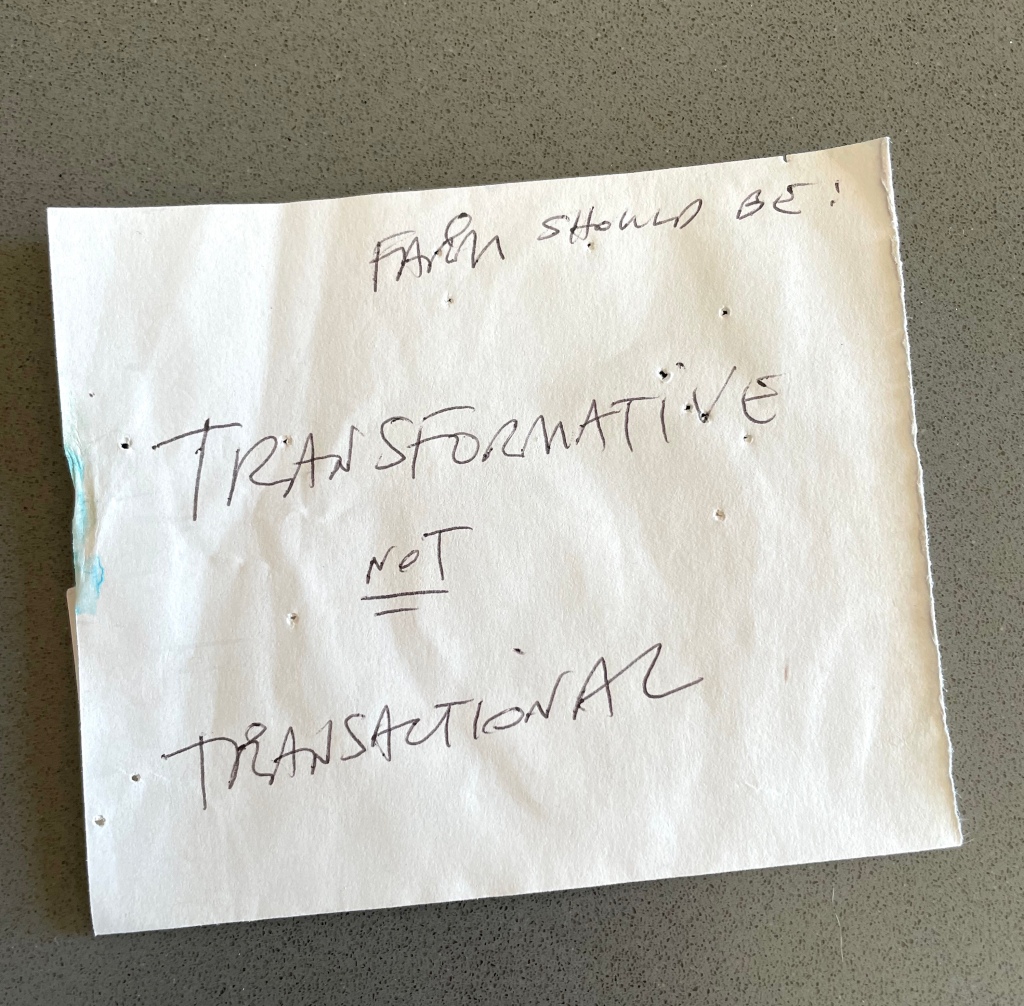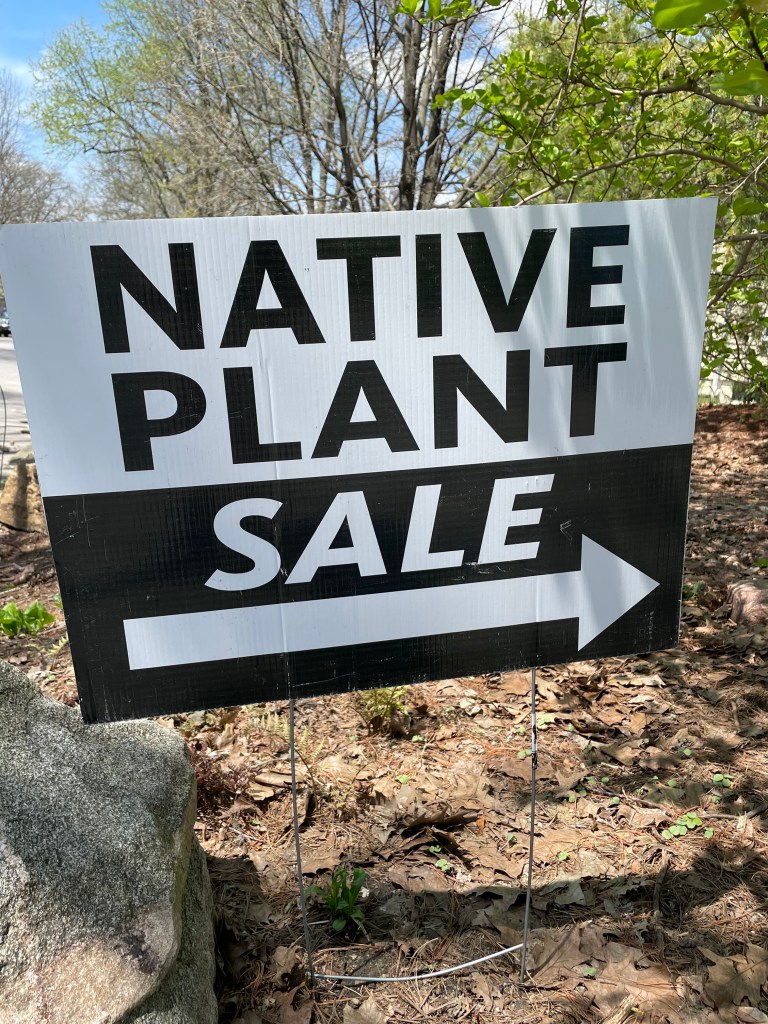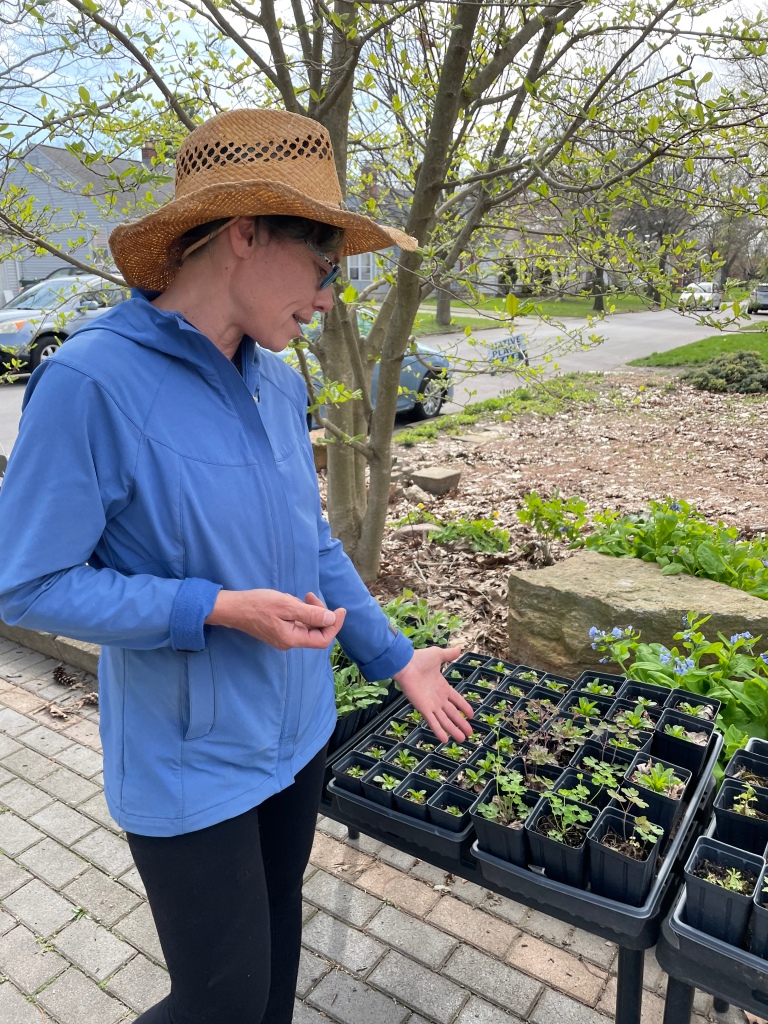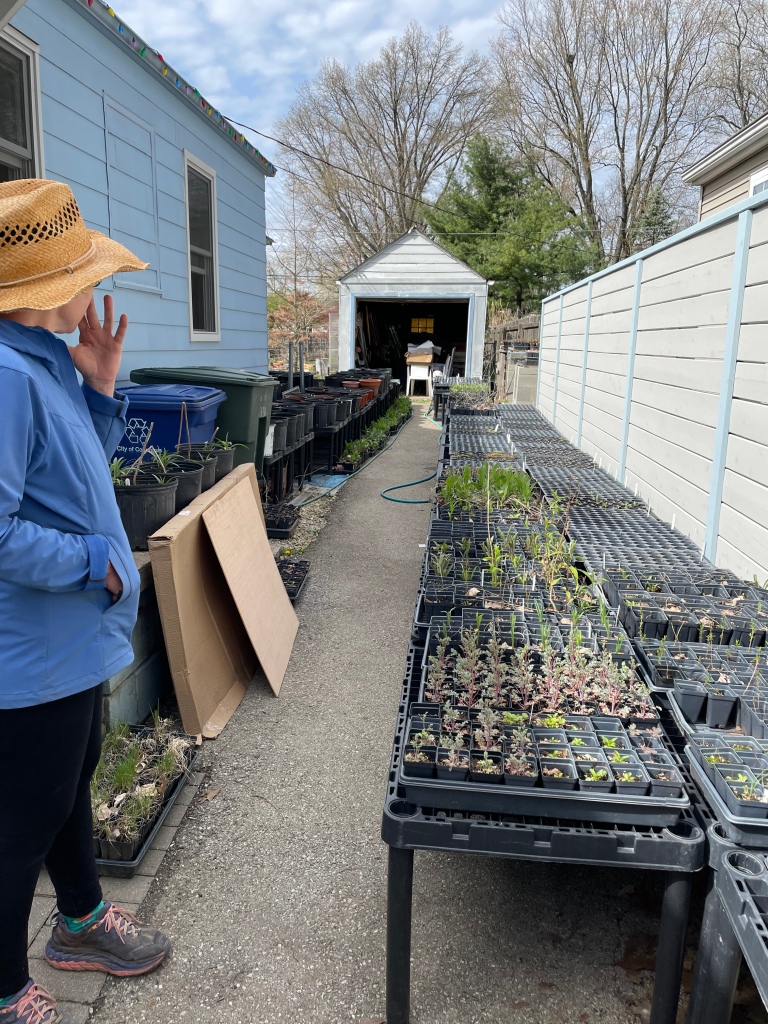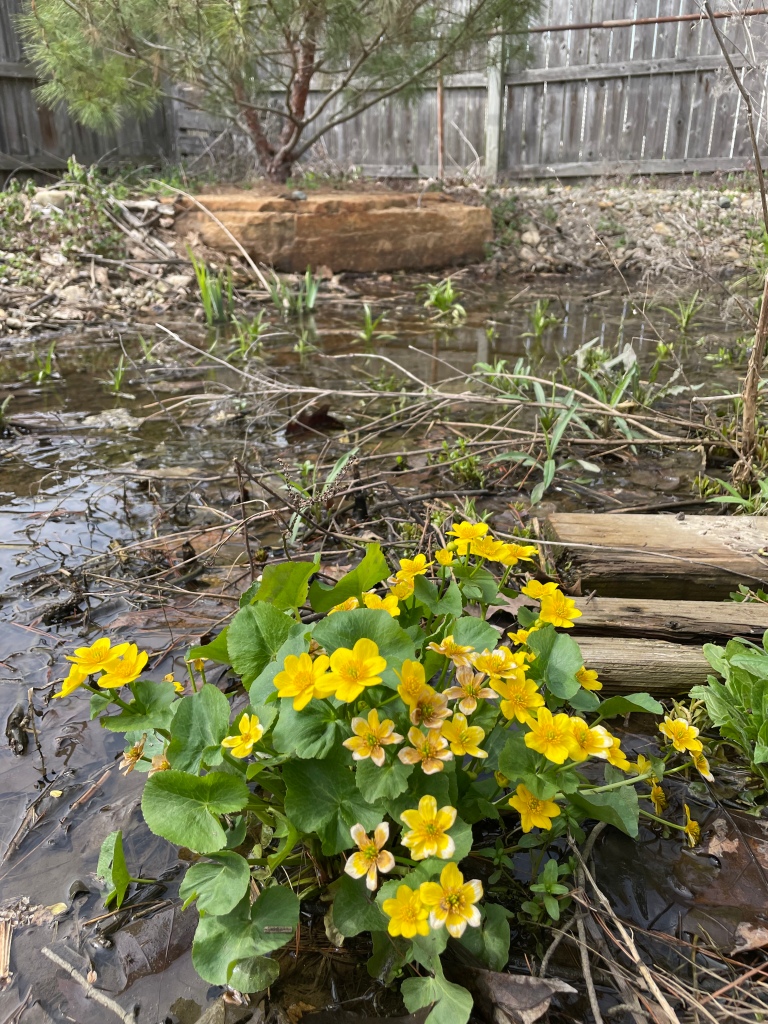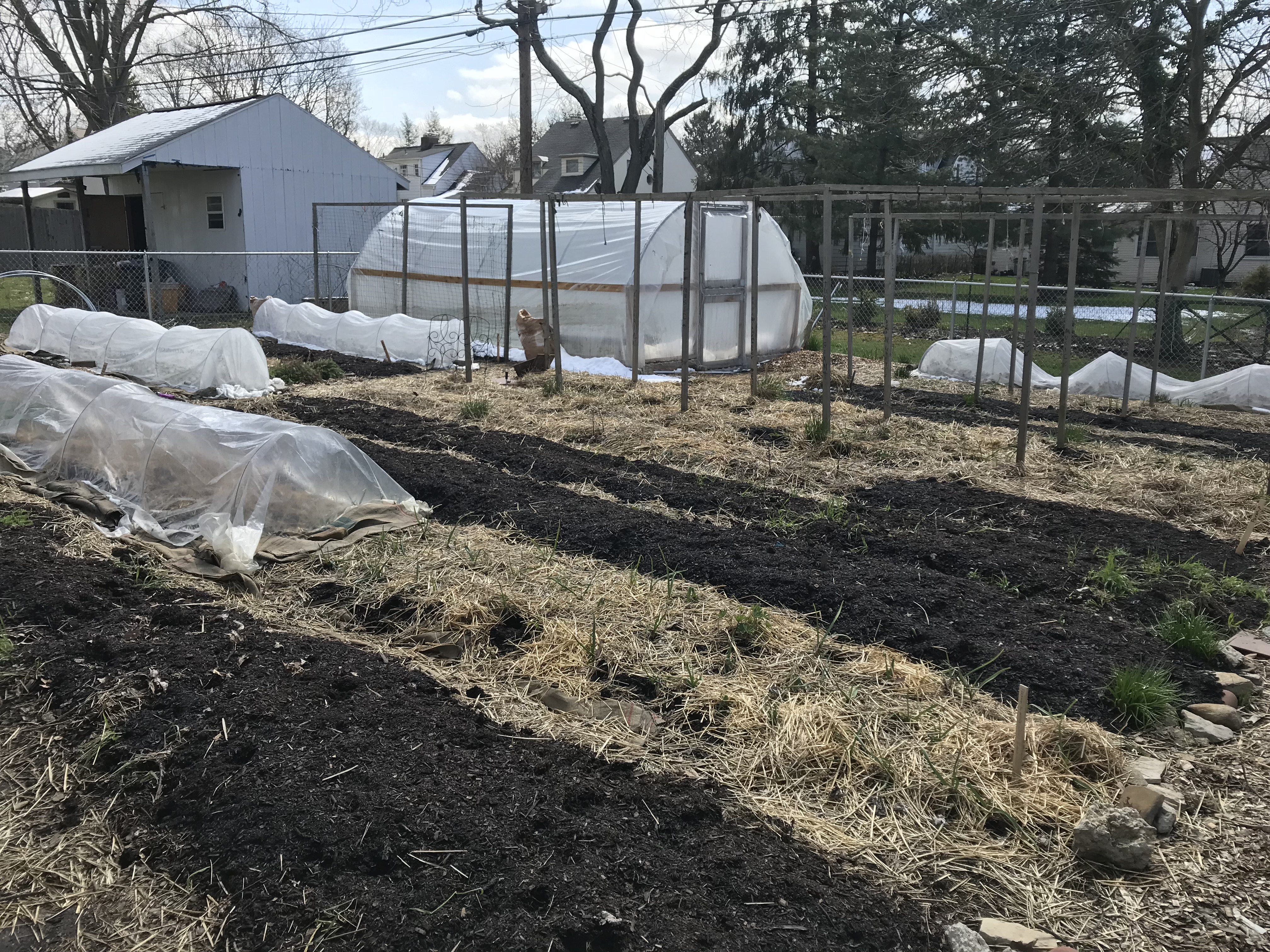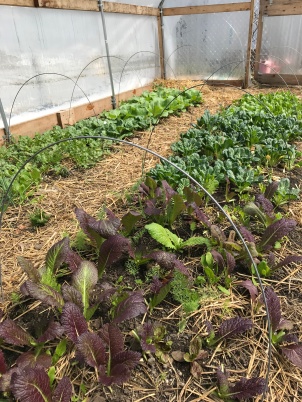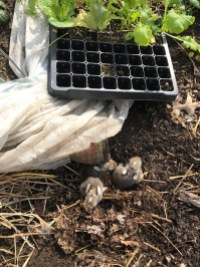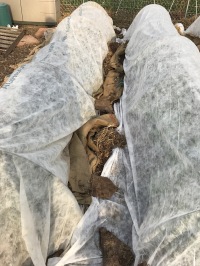As its collection of push pin holes suggest, this note has been pinned to the bulletin board above my desk for the past, oh, I don’t know how how many years. It’s a reference to something I learned in graduate school from Wayne Lawson, then Executive Director of the Ohio Arts Council. The idea was, arts experiences shouldn’t just be about checking boxes (transactional) – about paying to see or hear something so you could brag about it at a cocktail party. Rather, seeing an exhibition in a museum or attending a concert should transform you in some way. At the time I first heard it, this idea spoke to me as an educator interested in experiential, real-life learning. And it’s part of my vision for Over the Fence Urban Farm.
This is International CSA Sign-Up Week. As we embark on our 11th season, we’ve returning to our community-supported agriculture roots after a two-year sabbatical. Trying something new this year, we’ll be offering a series of short, six-week CSA options to encourage new folks to join us and find out what we’re all about. (Of course we’ll happily welcome old familiar faces too! Either way…) Space is limited to just 10 shares per option so act quickly! You can read more about our plans for Spring and Fall Greens & Herbs and U-Pick Flower shares on the CSA page of our website. Ready to sign-up for the spring? Click here!

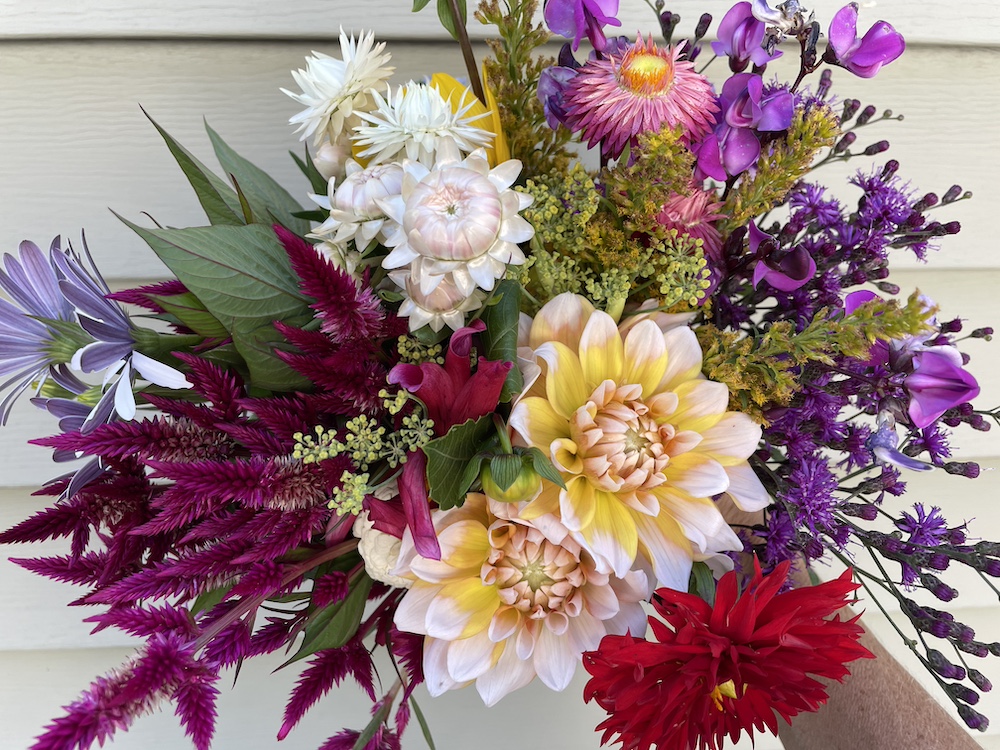
I’m trying to be intentional in approaching this reboot. I’m focusing on things I love to grow and I’ve been good at co-producing with Mother Nature. (We all know how how fickle she’s been lately…) Greens have always been one of my favorite things to grow, eat, and teach people to incorporate into their diets. And while ten years ago I only planted flowers to lure pollinators around to do their job, research (and personal experience) has convinced me that gazing at them in the field, bringing them into our home, and sharing them with others boosts my mood. I’m excited to share all these things with more folks this year.
Looking back through reflections on our first season, I’m reminded of everyone who supported us and this dream. While there have been many times I feel like we could be doing more, after a decade in the Columbus urban farming community, I know we’ve made ripples that inspired other farmers in the city and those who visited our site for educational programs and tours (see Happenings). I’ll never tire of witnessing someone step into the farm for the first time. The surprise on their faces reminds me our place is special.
As we commit ourselves to a new decade, it’s also been useful to remember why we founded the farm using a CSA model. On the one hand, a CSA is always about money. It grants farmers access to funds when we need them, before we plant much of anything, when we are racking up bills for seeds, soil, compost, tools and other supplies. On the other hand, the CSA movement is rooted in principles of mutual thriving and modeling an alternative form of economy – small, local, transformative.
I hope you’ll join us this season by joining a CSA, planning a visit with a group of friends, or attending an open house. Subscribe to get updates from this blog sent to your email and follow us on Facebook or Instagram to hear about upcoming opportunities.

